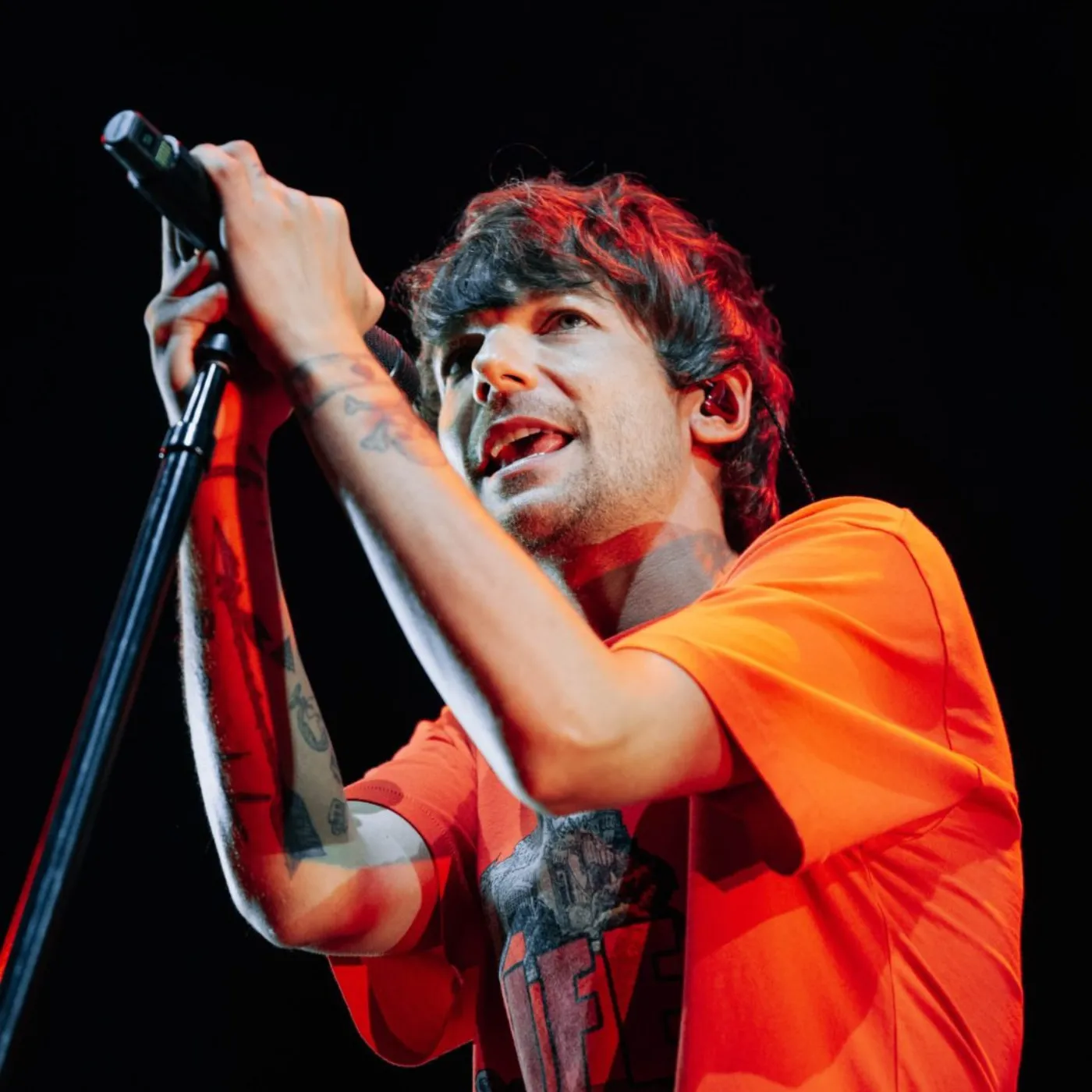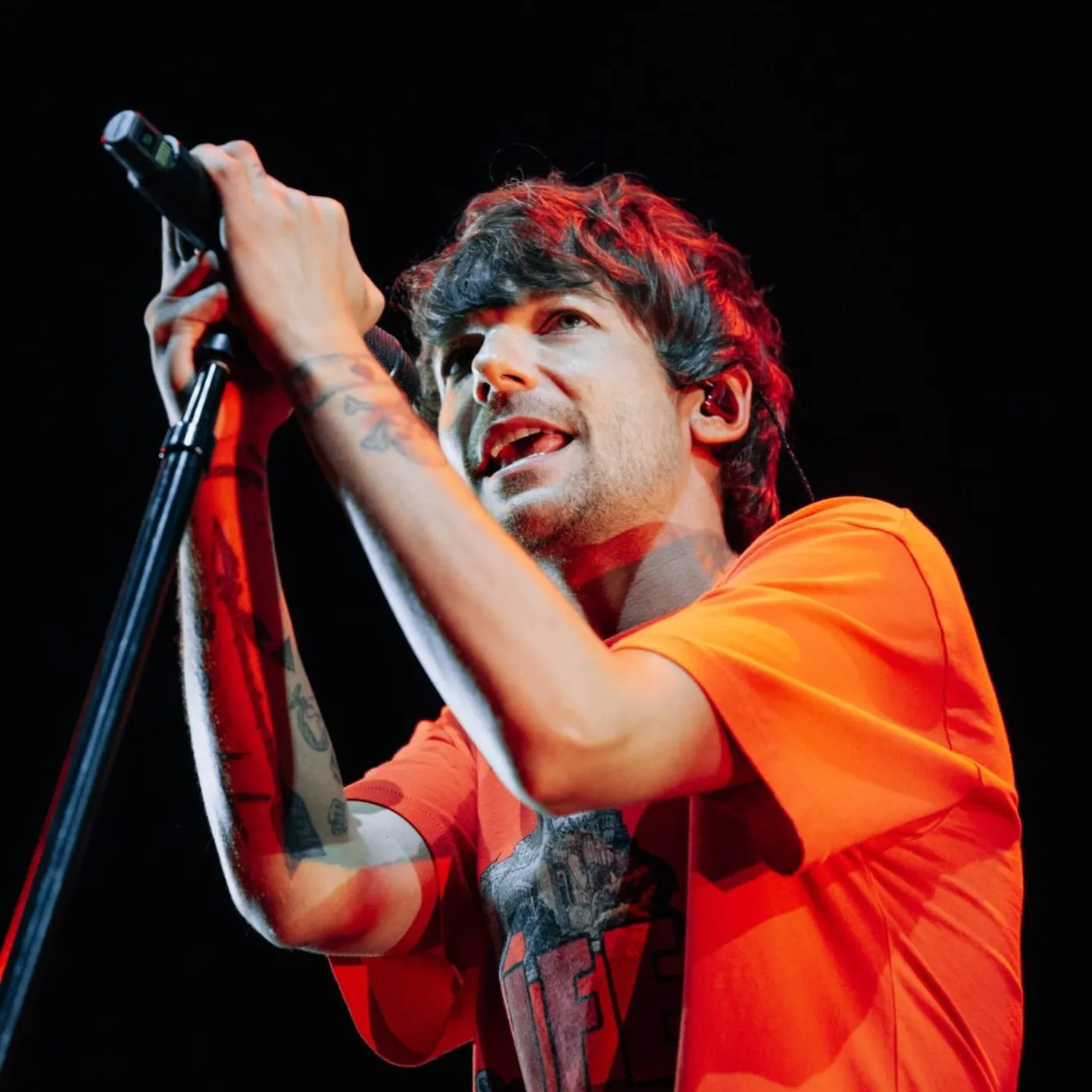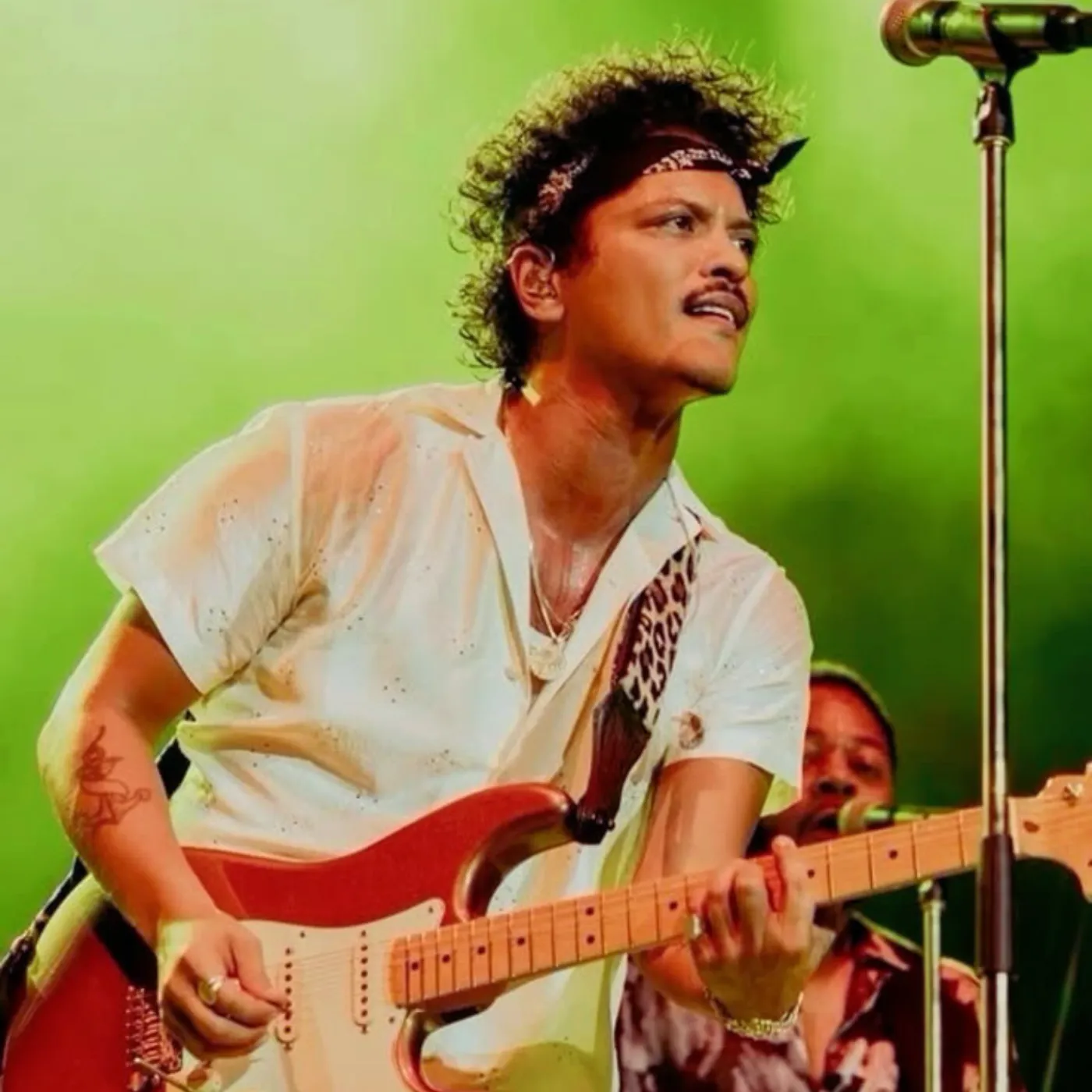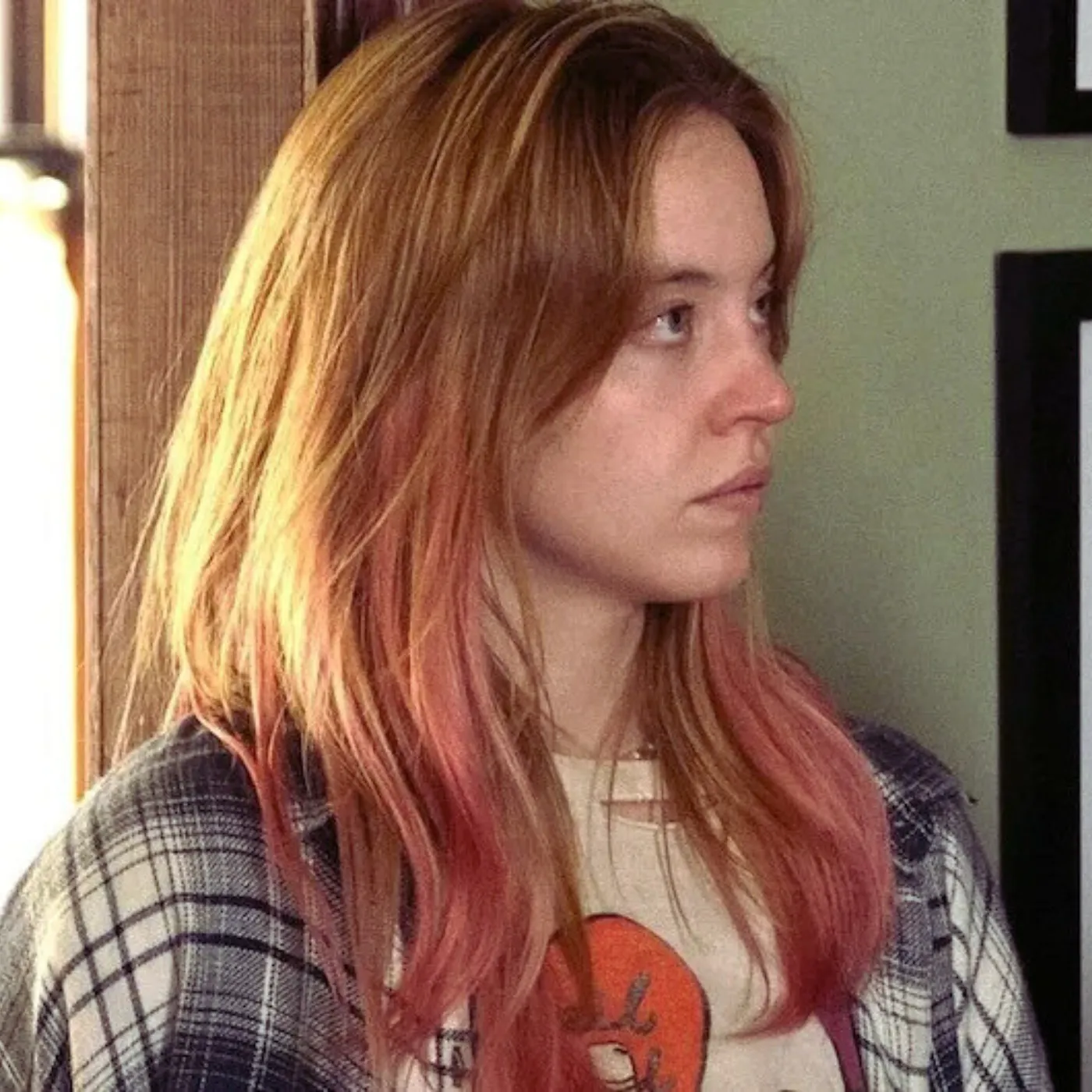

Louis Tomlinson’s Pain Is the Only Thing Keeping One Direction Alive
It’s been over ten years since One Direction broke up, yet somehow, Louis Tomlinson is still trending. Not for a chart-topping hit. Not for a groundbreaking tour. But for something far more complicated: his pain.

As TikTokers dissect grainy interviews and superfans post think pieces on Twitter (sorry, X), one pattern remains constant: Louis Tomlinson’s name resurfaces only when old wounds are reopened. In an era where nostalgia monetizes faster than attention spans collapse, Louis isn’t just a former boyband member. He’s become the internet’s most rewatchable heartbreak.
The Ghost of 1D Still Haunts Him
When One Direction officially disbanded in 2015, the music world expected each member to rocket toward solo stardom. Some did. Some didn’t. But none had it rougher than Louis Tomlinson.
While Harry Styles strutted down Gucci runways and Zayn Malik went full recluse pop star, Louis was left in a creative limbo, constantly being labeled as the “least talented” or the “one without a sound.”
Fast-forward to today, and Louis has carved out a respectable fan base. His albums “Walls” and “Faith in the Future” have found niche audiences. But mainstream success still eludes him, and that fact isn’t lost on anyone—especially not Louis.
The question isn’t why he hasn’t “made it bigger.” It’s why his unresolved grief is what still gets him headlines.
The Pain That Won’t Let Go
In the years following 1D’s breakup, Louis endured unthinkable personal loss. His mother, Johannah Deakin, passed away from leukemia in 2016. Just three years later, his younger sister, Félicité, died of an accidental overdose.
These tragedies would shake anyone. But for Louis, they became inseparable from his public identity. Every interview, every new release, and every on-stage appearance is filtered through the lens of someone who’s “been through it.”
And fans? They eat it up.
The internet has turned Louis Tomlinson’s trauma into a brand. TikToks with millions of views showcase his most emotional performances. YouTube thumbnails scream with titles like “Louis Cries on Stage Again—Here’s Why.” Emotional exploitation masquerades as devotion.
Fans or Fetishizers?
Let’s not mince words: Louies (Louis’ fanbase) are among the most loyal and intense fandoms online. But their obsession with his pain isn’t always love.
When Louis shares even the smallest personal reflection, fans amplify it into a viral moment. A paused sigh during an interview becomes a Reddit thread. A moment of silence on stage turns into TikTok speculation.
Some of this is empathy. A lot of it is emotional voyeurism.
This dynamic creates a feedback loop of suffering: the more pain Louis appears to be in, the more content is created. The more content is created, the more pain is expected. It’s no wonder Louis sometimes looks like he’s aging faster than his peers. The internet won’t let him heal.

Why the Algorithm Loves Sad Louis
The truth is, the Facebook algorithm favors pain. Posts that stir controversy, heartbreak, or collective outrage perform far better than good news.
And Louis Tomlinson is algorithm gold.
His story checks all the boxes: a once-dismissed underdog, public family tragedies, a career constantly battling irrelevance, and just enough mystique to keep people guessing.
Even platforms like TikTok and YouTube Shorts reward creators who repackage Louis’ darkest moments. They use him to farm views, farm likes, and farm emotional engagement. The result? A celebrity permanently trapped in a highlight reel of his own grief.
His career is doing fine—but that’s Not the point.
To be clear, Louis is not a failure. He sells out shows globally. His albums perform well on indie charts. He has loyal fans across continents.
But his success isn’t what gets him trending. It’s always his pain.
That says less about him and more about us.
The Fan/Anti-Fan Paradox
Oddly enough, Louis Tomlinson’s haters are just as engaged as his fans. Every time his name trends, anti-fans flood the comments:
“He never had the voice.”
“Still milking 1D nostalgia.”
“He’s just the guy who got left behind.”
What they don’t realize is they’re fueling the algorithm just as much as the fans are.
In the warped economy of attention, hate clicks and heartbreak clicks count the same.
So whether you’re crying over his acoustic performance or clowning his chart positions, you’re part of the same machine.
The Industry Is Quietly Complicit
Labels know Louis sells best when he’s perceived as vulnerable. That’s why his music videos feature raw visuals, handwritten lyrics, and almost no glam.
His image isn’t “pop star.” It’s “guy who’s still grieving.”
This isn’t by accident. It’s marketing. And it works.
But at what cost?
Nostalgia Is a Drug. And Louis is the supplier.
One Direction nostalgia isn’t just lingering—it’s thriving. Scroll through TikTok for five minutes and you’ll stumble upon slowed-down concert edits, grainy backstage footage, or heartbreak-heavy montages set to old 1D ballads. Spotify streams haven’t dipped, fan accounts are still posting daily, and every small public reunion between former members sparks global headlines like a mini-revival.
But within this relentless wave of digital longing, one face keeps rising to the surface—not Harry’s, not Zayn’s—but Louis Tomlinson’s.
Not because he was the breakout solo star. Not because he’s racking up Grammy nominations or dominating fashion campaigns. But because, of all five, he’s the only one who never emotionally left the band behind. Whether by choice or circumstance, Louis became the living, breathing embodiment of unfinished business—the person still holding the flame while the others walked away.
Zayn vanished into moody isolation.
Harry morphed into a rock-pop chameleon.
Liam rebranded so aggressively he lost his center.
Niall quietly kept things light and digestible.
But Louis? He stayed in the story.
He kept singing about what it cost him. He kept talking about the weight of being in One Direction, the aftermath of it, and the ache of absence. He never stopped mourning the loss of what once was, and in doing so, he became the fandom’s emotional anchor—the only one still feeling everything out loud.
Whether intentional or not, he’s now the supplier of the most addictive emotional currency in pop culture: nostalgia wrapped in unresolved grief.
So what happens now?
Unless the public—and more importantly, the platforms—allow Louis Tomlinson to exist beyond the shadow of his past, he will remain stuck in the loop of loss.
As long as his vulnerability goes more viral than his victories, as long as sadness outperforms success in terms of clicks and shares, he’ll keep being the internet’s favorite wounded soul.
And here’s the cruel part:
That image makes him marketable.
That grief keeps him trending.
That nostalgia sells records.

But what does it cost a person to be consumed only when they’re in pain?
Louis deserves more than to be remembered as the one who held on too long. He deserves to be seen as a man who grew through the wreckage, not just the boy who never moved on. At the very least, he deserves a headline not soaked in sorrow.
But that’s not the story that gets clicks.
That’s not what drives shares.
That’s not what the algorithm feeds.
So here we are. A full decade later.
And the pain is still more clickable than the peace.



















Post Comment